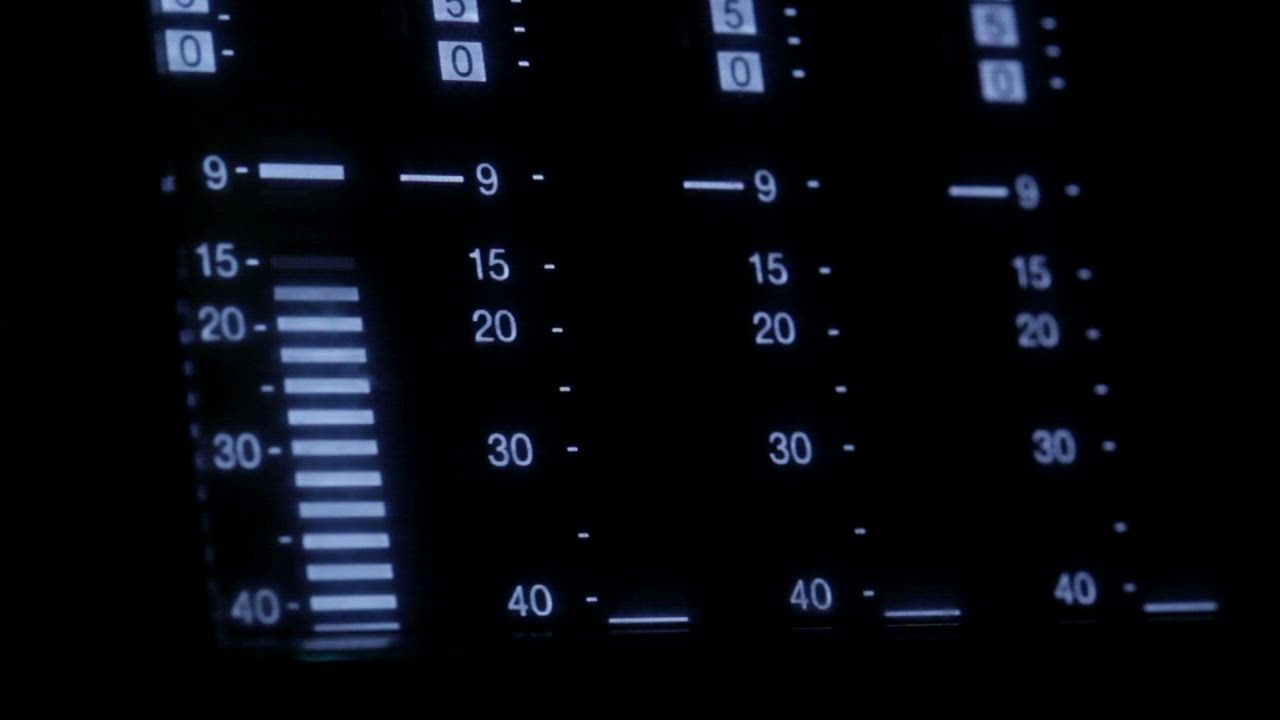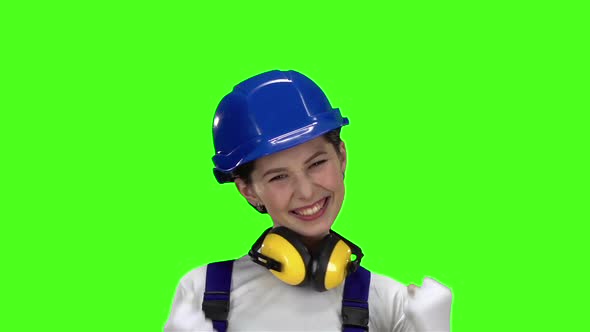
Repeat with the blue triangles of both nodes.
Click and drag to create an arrow that connects the output green circle of Node 1 to the input green circle of your Corrector Node.  In the Node workspace, Right Click > Add Node > Corrector. Anything that will eventually be transparent should appear white in the small preview window at the bottom-left of your screen. Position it on the layer above the background footage on your timeline. Click and drag the clip whose background you’re removing from your media pool. The footage that you want to appear in the background should already be on the timeline. Open your project and click on the Edit tab. To start with, here are 2 ways that you can accomplish the effect within the Color tab of DaVinci Resolve. It’s important to note that when removing a black or a white background, this is often referred to as Luma Key, while the removal of color background is usually referred to as Chroma Key. There are several ways to key out the background of your clip to achieve a transparent background in DaVinci Resolve 17. Part 1: Remove Color Background & Create an Overlay Effect in the Color Tab Part 2: Remove Color Background & Create an Overlay Effect in Fusion. Part 1: Remove Color Background & Create an Overlay Effect in the Color Tab. Plus, it doesn’t look very natural for any human to have a green tint to their skin. NOT something you want because, again, it will make the keying out process very difficult in post production. If your subject is an actor, it may look like there is a “green halo” or a green reflection on their skin. When there is too much light on the green screen, green fuzzy edges can be seen around your subject. Now that you’ve evened out all the lighting, the opposite effect can also happen - too much light on the green screen. Consider hiring or consulting with a knowledgable gaffer for your production. Bravo Studios has a roster of talented crew suggestions for your next production. This is why a Gaffer - a person who is in charge of the design and execution of the lighting plan on set - is so important. Try adding lights aimed at the green screen to even everything out.
In the Node workspace, Right Click > Add Node > Corrector. Anything that will eventually be transparent should appear white in the small preview window at the bottom-left of your screen. Position it on the layer above the background footage on your timeline. Click and drag the clip whose background you’re removing from your media pool. The footage that you want to appear in the background should already be on the timeline. Open your project and click on the Edit tab. To start with, here are 2 ways that you can accomplish the effect within the Color tab of DaVinci Resolve. It’s important to note that when removing a black or a white background, this is often referred to as Luma Key, while the removal of color background is usually referred to as Chroma Key. There are several ways to key out the background of your clip to achieve a transparent background in DaVinci Resolve 17. Part 1: Remove Color Background & Create an Overlay Effect in the Color Tab Part 2: Remove Color Background & Create an Overlay Effect in Fusion. Part 1: Remove Color Background & Create an Overlay Effect in the Color Tab. Plus, it doesn’t look very natural for any human to have a green tint to their skin. NOT something you want because, again, it will make the keying out process very difficult in post production. If your subject is an actor, it may look like there is a “green halo” or a green reflection on their skin. When there is too much light on the green screen, green fuzzy edges can be seen around your subject. Now that you’ve evened out all the lighting, the opposite effect can also happen - too much light on the green screen. Consider hiring or consulting with a knowledgable gaffer for your production. Bravo Studios has a roster of talented crew suggestions for your next production. This is why a Gaffer - a person who is in charge of the design and execution of the lighting plan on set - is so important. Try adding lights aimed at the green screen to even everything out. 
This is because there are still dark and light areas in the background. Again, this will make the chroma key process difficult. Now that you’ve removed the shadow, you may have another problem - an unevenly lit green screen. You can also think about adding lights behind your subject aimed at the green screen to brighten up the dark areas. Also avoid using just a single light or very harsh frontal lighting. Move your subject away from the green screen background a bit to reduce the shadows. This will cause a shadow to cast on your green screen. Shadows make the chroma key process difficult because the dark areas that the shadow cast on the green screen are too similar to the dark areas that the shadow cast on your subject making it difficult to key them out perfectly. Shadows often happen when your subject is too close to the green screen or due to very strong lighting, especially strong frontal lighting.

Shadows may be detrimental to your green screen production because it may make your chroma key process difficult in post-production. Bravo has compiled 5 top common mistakes or challenges in a typical green screen video or photo production. Bravo Studios, New York City’s leading green screen stage rental, has been in the green screen and video production sphere for decades.







 0 kommentar(er)
0 kommentar(er)
